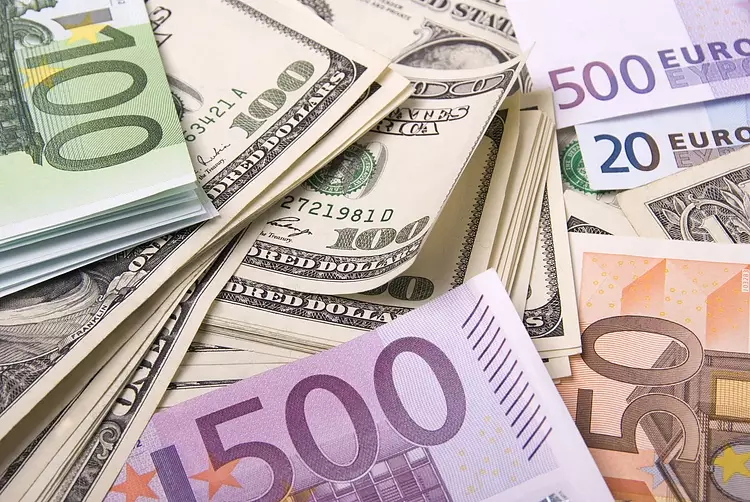In recent trading sessions, the EUR/USD currency pair has seen a notable decrease, shedding an additional fifth of a percent on Tuesday alone. This decline, though seemingly modest, reflects deeper economic currents and investor sentiments that may influence the Euro’s trajectory moving forward. As traders scrutinize the data and economic indicators, it’s vital to understand the complexities behind these fluctuations and the potential implications for the Eurozone economy.
Impact of ECB Bank Survey Results
A significant factor contributing to the Euro’s weakened position against the Dollar is the recent ECB Bank Survey results, which appear to dampen the previously optimistic outlook for the Euro. Market participants often rely on such surveys to gauge the health of the banking sector and broader economic conditions. When survey results suggest a less favorable scenario, it can lead to diminished confidence and alter expectations surrounding the Euro’s strength. A shift in perception, especially in the current economic climate, can prompt investor caution, often resulting in a preference for more stable currencies, like the Dollar.
Anticipation of ECB’s Monetary Policy Adjustments
Another crucial element influencing the EUR/USD exchange rate is the anticipation of the European Central Bank (ECB)’s monetary policy decisions. The expectation that the ECB will implement another 25 basis points cut this week adds a layer of complexity to market dynamics. Such a move suggests a continued effort by the ECB to stimulate growth in a lagging economy, yet it simultaneously raises concerns over the Euro’s long-term stability. Investors are likely to weigh the benefits of lower interest rates against the risks of a currency potentially losing value due to enhanced monetary easing.
The interplay between interest rates and currency strength is crucial to understanding the broader economic context. While lower rates generally encourage borrowing and spending, they can also hint at underlying economic weakness. The rhetoric around potential rate cuts often serves as a signal to investors about the central bank’s view on economic health. For the Eurozone, which has grappled with varying degrees of economic challenges, continued cuts could further exacerbate perceptions of economic fragility, fostering a more significant bearish sentiment towards the Euro.
As we look ahead, the sentiment among traders and investors appears to be cautious. The current trends suggest that the Euro could remain vulnerable to further fluctuations, especially if the ECB’s actions do not yield the intended positive outcomes. Investors are advised to stay vigilant, keeping an eye on upcoming ECB announcements and international economic data that may affect both the Eurozone’s stability and the broader investor outlook.
With the Euro under pressure and uncertainty surrounding monetary policy, the dynamics of the EUR/USD currency pair are expected to be intricate and closely monitored in the coming days. Understanding these factors can provide critical insights for those navigating the complex world of currency trading.

